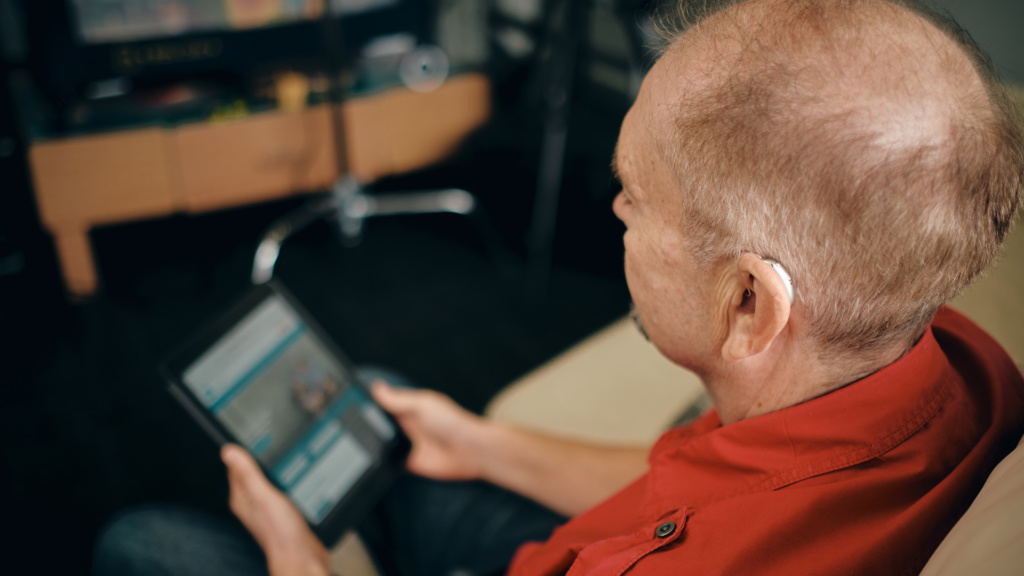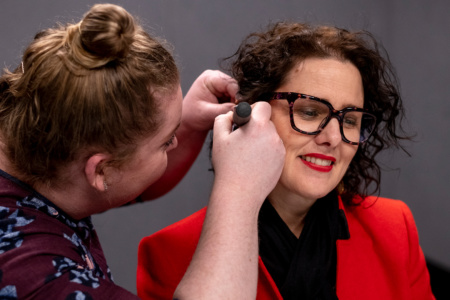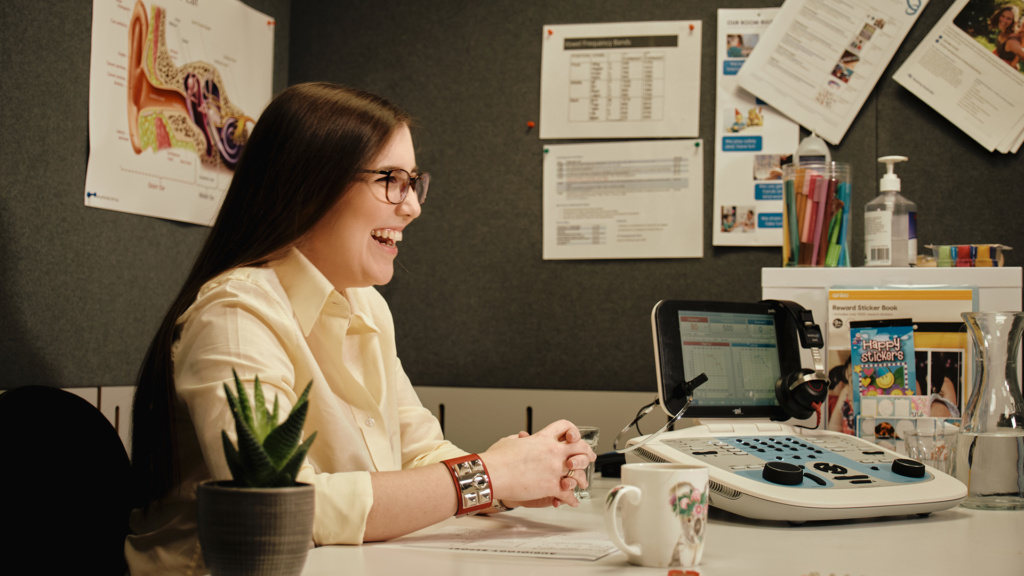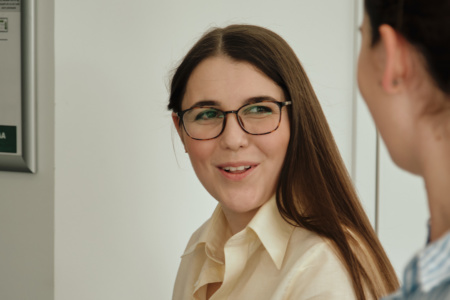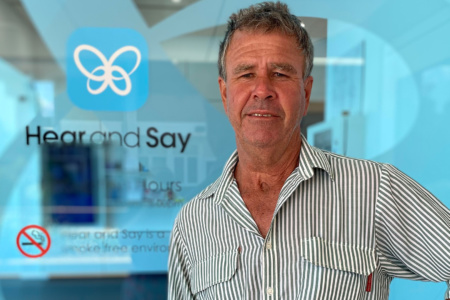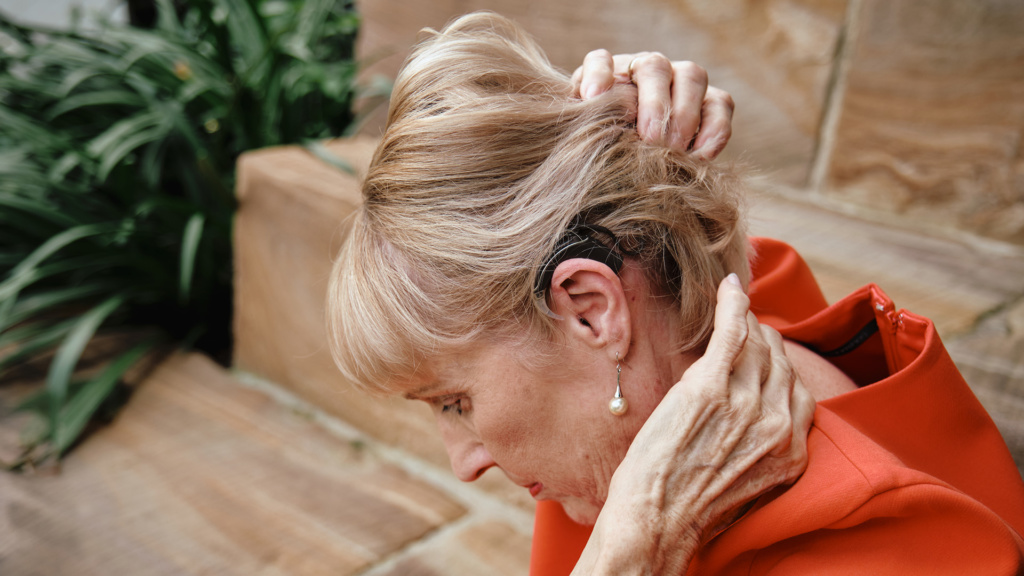Anyone can have their hearing tested. You might be worried about having a hearing loss, or simply looking for a baseline to go off in the future. A full hearing test takes around 60 to 90 minutes. A series of non-invasive assessments will look at your overall hearing history and health, as well as your lifestyle and communication goals. This process will check your hearing levels and the severity of any hearing loss. A battery of assessments are performed as part of a hearing test. These include:
- Otoscopy: looking in your ear canal and at the tympanic membrane (ear drum).
- Tympanometry: measuring how well your ear drum moves and checks for any fluid or congestion in your middle ear.
- Acoustic reflexes: shows the eardrum movement in response to intense sound
- Pure tone audiometry: establishes the softest sounds you can hear across a variety of different pitches. This will be done via headphones or earphones.
- Speech discrimination: assesses how well you understand speech in both quiet and noisy conditions. For example, it will give an indication as to how well you might cope in a noisy cafe environment.

